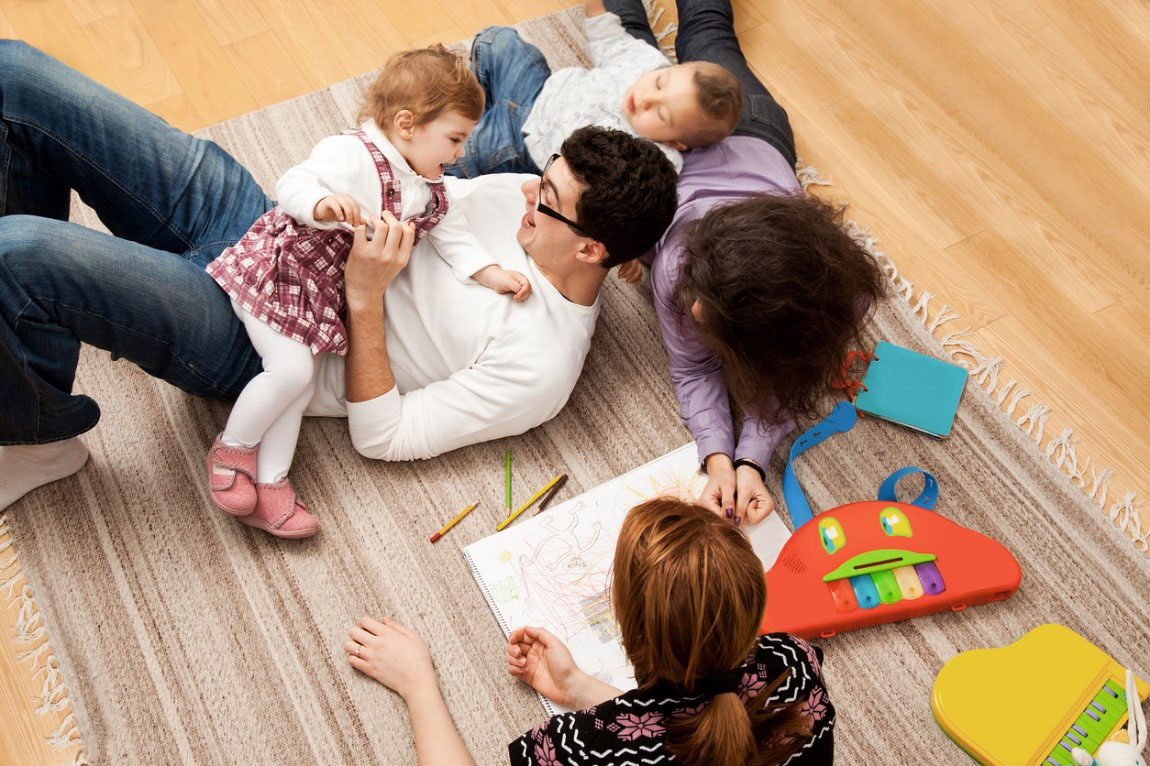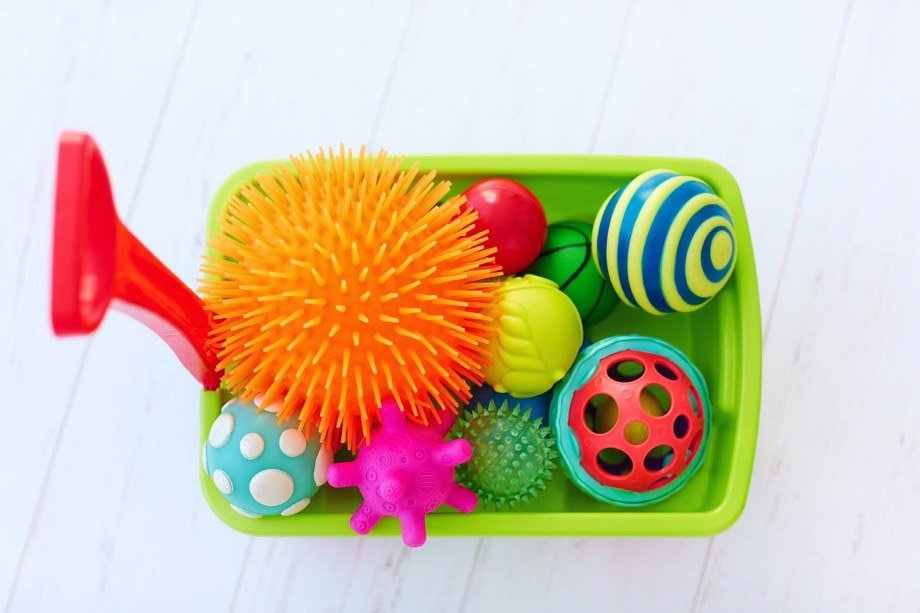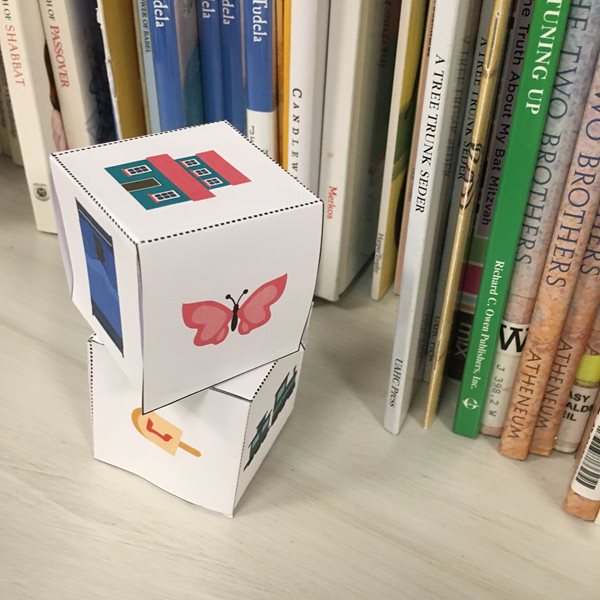Stories are powerful vehicles for passing down tradition and the Torah is full of dramatic tales. The Talmud contains thousands of additional stories, known as midrashim, which build on and add to the Torah text. Today, stories continue to transmit Jewish values and lessons to the next generation.

Telling stories is good for your child’s development and it’s a mitzvah to boot!
When you tell stories with your family – about your day, to share something you’ve learned, or to pass on memories and traditions (like the time Zayde made bagels but mixed up the sugar and the salt)--you’re practicing mesorah and building your child’s listening and close reading skills. Plus you’re also encouraging melacha, or creative work! Try one of the games below to engage in the timeless -- and valuable -- art of storytelling.
Collect & Build a Story

There are a few variations on this game, but overall the theme is simple. You collect a bunch of objects and then use them to inspire your storytelling. When the weather is nice, head outdoors with your little ones to fill baskets or recycled containers with interesting objects – rocks, flowers, coins you find in your travels – and then each person selects a favorite item from his or her collection and adds it to the group’s collection. Spread out the objects from the big collection, and create a story inspired by what you see.
For snowy or rainy days indoors, send one person around to be the “collector.” That person has one minute to fill a container with objects. The other players are then tasked with creating a story based on what the collector returns. This game is a really wonderful fit for younger children who are still getting the hang of telling stories and their older siblings. The smaller kids can have fun hunting and building collections while the big kids tackle the storytelling.
Draw & Remix

This works really well for older children who can read independently to their younger siblings. This is also a really fantastic way to shake up your own story time routine. Plus, if you’re eschewing screens for any reason, this activity will help your family relax while having some collaborative fun.
Here’s how this game works. One person is the reader. Everyone else has a small stack of paper and something to draw on. The reader reads the story. Everyone else draws whatever they feel inspired to draw as the story is read. When the story is done, lay out all of the drawings together and use them to create a new story.
Exquisite Corpse
Learn how to make your own version of the game with this tutorial from What Do We Do All Day?
Don’t be put off by the name – this drawing and storytelling game has been around since at least the 1920’s when it was popular among the surrealist movement. Basically an “exquisite corpse” is a collection of images or words that creates a story. You can play a few different ways, and tell your stories visually, or with words – it’s entirely up to you.
Folktale Prompts

This game is similar to the Question Jar activity. Write or print classic folk tale beginnings such as “once upon a time,” “long, long ago,” and “many years ago, in a land far away…” Draw a slip from the jar and then let your story begin. You can also challenge each person to use the prompt to tell a story in one minute or less, or sit in a circle and build on the story, person by person.
Story Blocks

Link Story blocks or story stones are a roll the dice game that lets participants build a story based on random pictures. You can use as many blocks as you’d like and there are lots of variations on the game. Use this story block printable to create your own set and learn the rules to three different versions of the game.
Telephone

Begin with a one sentence story, such as “The fat black cat chased the little gray mouse into a hole.” As each child whispers or says the story aloud to one another, keep track of when changes are introduced. Ask the children how the changes add to the story.
More
9 Fun and Easy Ideas for a Shabbat Family Game Night
15 Boredom Busters for Days When You’re Stuck Inside
Printable: Story Blocks
How do you encourage your family to tell stories?
January 8, 2019